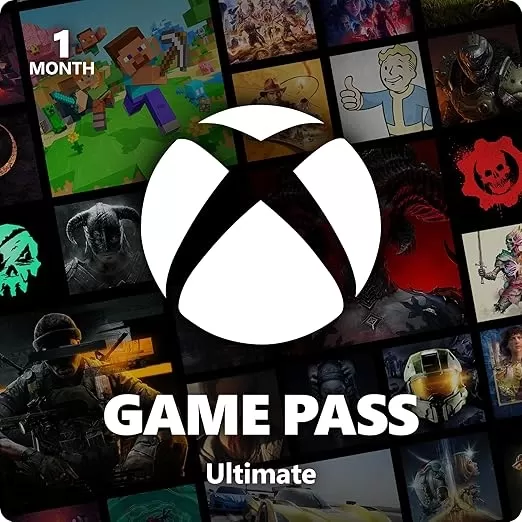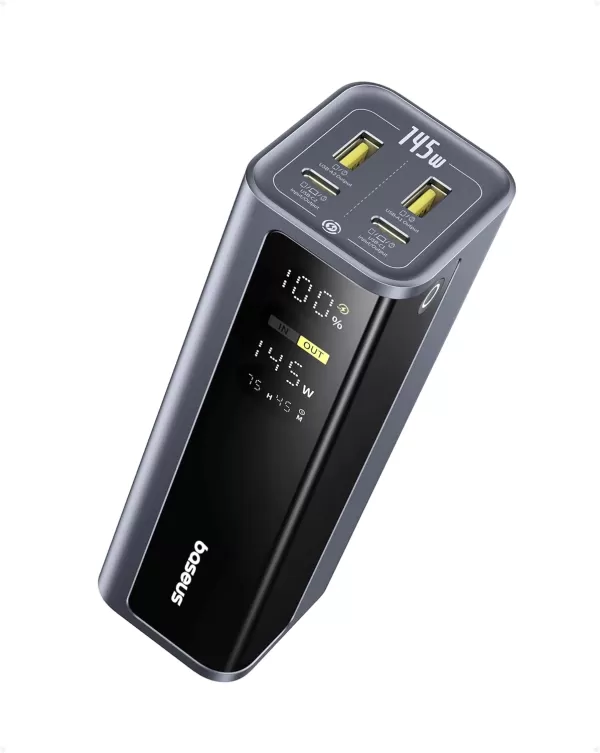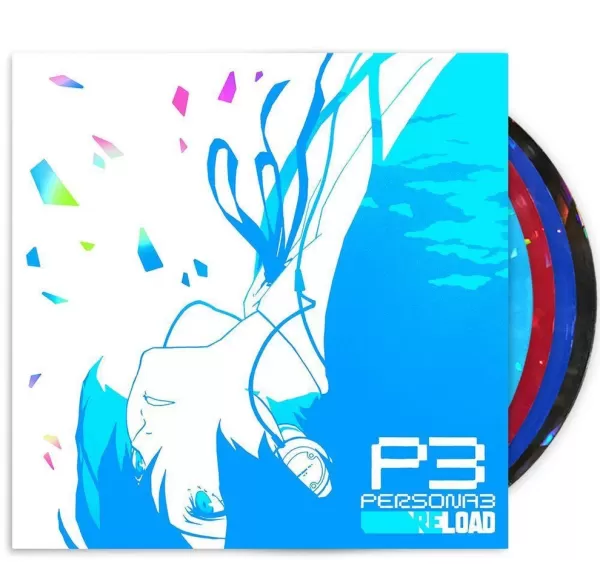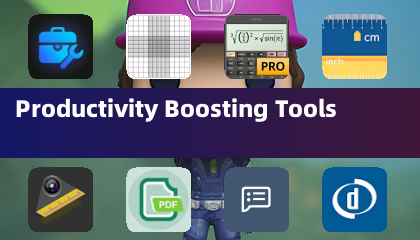Operations mode, also known as Hazard Operations or Extraction mode, is the thrilling core of Delta Force, where the stakes are high and every decision counts. Whether you're engaging in what's colloquially known as "raiding," the objective remains the same—drop into the map, secure valuable gear, and escape before other players or AI enemies take you down. The twist in Operations mode, akin to other extraction shooters, is the risk of losing everything you bring into the match if you don't make it out alive.
This comprehensive guide delves deep into how Operations mode functions from start to finish, teaching you not just to survive but to thrive. Learn how to pace your run, manage your gear effectively, and make strategic choices that accumulate value over time. If survival tips are all you're after, we've got a specialized guide on our blog for that.
Whether you're venturing in solo or with a squad, understanding the mechanics is crucial for playing smarter, not harder.
What Operations Mode Actually Is
Delta Force's Operations mode is a dynamic PvPvE sandbox where each match offers a unique experience. You and up to two other players enter a live map teeming with AI soldiers, loot spawns, and rival teams. Your mission is to gather as much loot as possible and extract safely before you're eliminated.
Unlike traditional shooter modes, Operations mode isn't about chasing a score. Instead, what you manage to extract becomes part of your inventory outside the raid. However, if you perish during the mission, you'll lose everything you're carrying, except for items securely stored in your Safe Box. This risk-and-reward dynamic is what makes Operations mode so intense, even if you're just scavenging for medical supplies and slipping away.
Loadout Planning and Inventory Control
Success in Operations mode begins before you even set foot on the map—it starts with crafting the optimal loadout for the mission at hand. Every match requires an entry fee, so your loadout choices are critical. Essentials like a helmet, armor, chest rig, and backpack are mandatory for deployment. Beyond these, what you decide to bring will dictate your gameplay strategy.
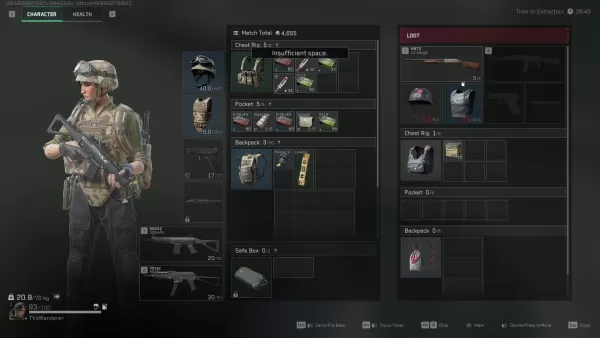
Extraction zones are typically fixed, though some maps feature dynamic elements such as elevators or enemy-controlled checkpoints. Plan your exit strategy before you dive deep into looting.
Loot Smarter, Not Harder
Every item in Operations mode has a sell value, but not all are worth the risk. Early on, prioritize small, high-value items like healing supplies, attachments, and rare electronics, which you can easily stash in your Safe Box if needed.
While heavy weapons and armor might be tempting, they can slow you down and consume valuable space. Carry them only if you're confident in your ability to extract or if you're close to your exit with nothing to lose.
A smart tip for beginners is to steer clear of major loot spots during the initial minutes. Let other teams clash and then sweep up the remnants. If playing solo, focus on looting the outskirts of the map and return later. You'll be surprised at the valuable items left behind after intense team battles.
Picking the Right Operative
Your choice of Operative shapes your approach in Operations mode. Not all Operatives are suited for stealth or loot-centric gameplay, so select one that aligns with your objectives.
Luna and Hackclaw are top picks for those seeking intel and mobility. Luna's ability to tag enemies and disrupt attacks with shock arrows is invaluable, while Hackclaw excels in silent movement and stealthy takedowns. Stinger's healing capabilities make him an asset for team runs, particularly when supporting more aggressive teammates.
Avoid Operatives with loud or showy abilities unless your strategy involves direct confrontation. Characters like D-Wolf can be fun, but they attract unwanted attention in a mode where staying under the radar often yields better outcomes.
Fight When It Matters
In Operations mode, choosing your battles wisely is more crucial than winning them outright. While PvP kills can yield gear and XP, they also slow you down and draw attention. Engage only when it's necessary or advantageous.
In combat situations, keep moving and aim for quick resolutions. Utilize Operative abilities to gain an edge—Luna's detection arrow can reveal hidden foes, and Stinger's smokes can provide cover for healing or escape.
Remember, you can always loot the fallen later. If two teams are engaged in a firefight, hang back and let them weaken each other. Third-partying is risky, but it's an effective way to acquire gear without needing to outgun everyone.
Making the Most of Each Match
Each raid offers an opportunity to build value, hone your skills, or gather new insights. Don't fret over a failed run; instead, use it to refine your strategy for the next match.
Conserve credits during losing streaks and play more strategically when you're on a winning run. Upgrade your Safe Box as early as possible, experiment with different Operative configurations, and explore maps to discover the most lucrative loot routes.
Over time, your focus will shift from mere survival to optimization, and that's when Operations mode truly becomes enjoyable.
Delta Force's Operations mode transcends simple loot-and-run tactics; it's a game of risk, meticulous planning, and astute decision-making. Craft your loadout with purpose, loot judiciously, and know when to engage or retreat. Every setback is just part of the journey that makes your ultimate success all the sweeter.
For the most fluid gameplay experience, consider playing Delta Force on a PC with BlueStacks. You'll benefit from faster load times, precise control, and easier gear management. It's the optimal way to stay competitive as you master the game's intricacies.


 LATEST ARTICLES
LATEST ARTICLES 